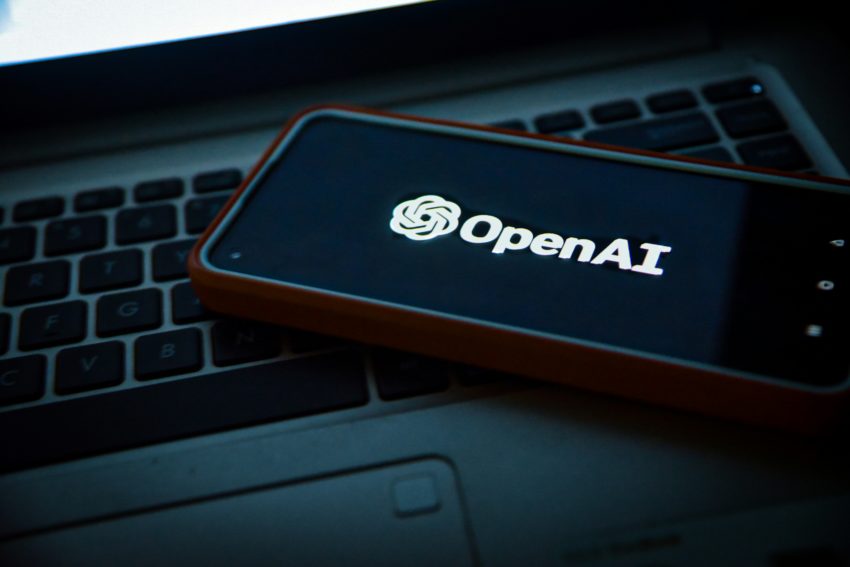Frictionless, Not Forceful: Let AI seamlessly integrate into the event without being intrusive. Think invisible assistants, wearables you forget you have on, and easy wayfinding that gives suggestions on where to get food, see that keynote you’ve been eager for, or relax in a quiet space.
Data with Dignity: Leverage AI-powered insights to personalize experiences while prioritizing data privacy. Let attendees control their data, opt-in or out, and understand how it’s used up front. Use AI to gauge emotional engagement, measure connections made, and optimize resource usage to promote sustainable practices. It’s important to ensure we follow data privacy laws and attendee information is held to the highest standards. Keep copyright issues front of mind and be transparent about the usage of content, as generative AI inherently relies on extensive datasets for learning, which may include copyrighted materials.
Inspire Creativity, Not Deprive It: People want tech that feels intentional and enhances the overall experience, not another one-off trick or gadget. Let AI be a partner in the creative process and a conduit for meaningful and personalized experiences that make people feel prioritized. It’s essential to also align the creative outputs with your brand’s purpose and messaging, ensuring it feels authentic to your brand voice and image, and feels right for your audience.

